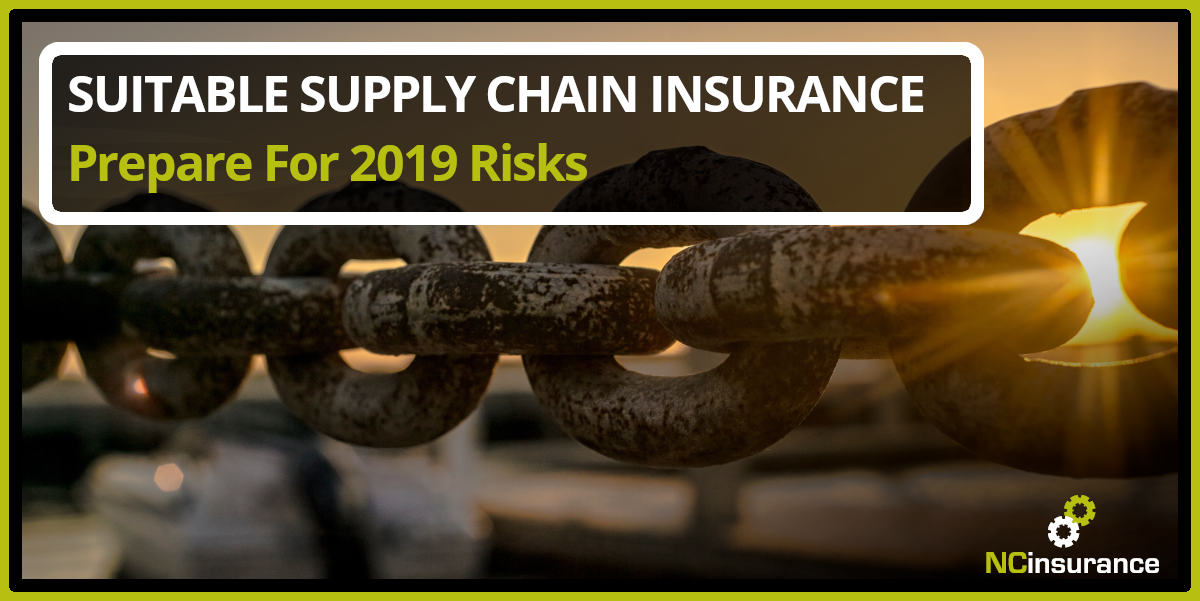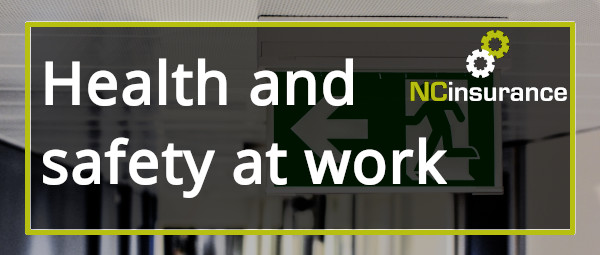
Managing Risks in Your Supply Chain
This article looks at supply chains and how effective supply chain management can reduce your exposure and stay in control of your business success.
Supply chain management (SCM) is the oversight of materials, information, and finances as they move in a process from supplier to manufacturer to wholesaler to retailer to consumer.
The dependence on and relationship with suppliers resulting from outsourcing and minimising stock creates a host of exposures. Successfully navigating and managing the risks presented by a complicated supply chain that sometimes span across regional, national and especially international territory is a complicated endeavour considering the countless precarious factors that can cause disruptions or liability issues across the entire supply chain.
Risk Factors Abound
A key supplier or buyer can be debilitated for a number of reasons: natural (floods, pandemics, earthquakes, severe storms), human (terrorism, civil disorder, electronic security breaches) or technical (power failure, hardware or software viruses). These events can have dramatic effects on supply chain partners both upstream and downstream.
A single disruptive event in Asia, for example, could initiate a customer service nightmare in the United Kingdom. And disruptions are more common than one might imagine—a survey of corporate risk managers and supply chain risk managers by insurer Zurich revealed that 74 per cent of respondents had experienced a supply chain disruption within a 12 month period, not only affecting top and bottom lines but also damaging their brands and relinquishing market share. Potential effects of supply chain disruptions could include the following:
- Reduced market share
- Loss of customers
- Damage to image, reputation or brand
- Higher cost of capital
- Potential breach of contract
- Failure to meet legal or regulatory requirements
- Decrease in sales and increase in costs, from which many companies never recover
Considering Your Liability
Even worse, companies can be held liable for their supply chain partners’ mistakes. A defective or inherently dangerous product or part can cause liability issues for its designer, manufacturer, shipper, wholesale distributor, retail seller and installer, who are collaboratively and jointly responsible. In fact, even though a seller has exercised all possible care in the preparation and sale of the product, it can still be held responsible. Wholesalers or finished product manufacturers can be sued by an injured third party individually or together with any or all other parties involved in bringing the product to market and selling it to the consumer.
Reducing Your Exposure
What can a risk manager do to effectively mitigate risk in such an environment? Fortunately, there is a growing body of best practices for risk management across the supply chain. One of the most important things is to stay abreast of every development in your environment. Consider the following steps you can take to mitigate your business’s risk:
- Choose suppliers carefully, and conduct regular audits and inspections if possible to ensure that their commitment to business interruption prevention matches yours.
- Check the Moody’s or S&P rating of potential suppliers.
- Verify suppliers’ insurance cover. Remember, a certificate of insurance is evidence of insurance only when the certificate is written, and not at any time after that moment.
- Clearly define contract scopes and draft contracts carefully with the assistance of specialised legal professional. Consider indemnification, hold harmless and defence agreements.
- Work with NC Insurance to understand the extent of your exposure, and create a business interruption worksheet to quantify as accurately as possible the effect these exposures could have on revenue and profit.
- Re-evaluate the worksheet on a regular basis to account for changes in the market or your business model. Focus not only on the inherent risk of a broken link in the supply chain, but the interdependencies between links throughout the chain.
- When there is a global event, examine your supply chain to see if any part of it might be affected.
- Be aware of developing risks, such as cyber warfare, climate change, nanotechnology, synthetic biology.
- After identifying risks, put a plan into place. While it is easy to prioritise speed over follow-through, identifying risks is of little use if steps are not taken to mitigate these risks. Plans might include these components or others:
- Business continuity plan
- Geographical diversification of servers
- Plan to relocate business to an alternate location
- Sourcing of goods from alternate suppliers
- Some supply chain partners may have several locations that could keep the flow of raw materials going in the event of a disruption. Investigating these factors is an important component to creating a supply chain risk management plan.
- Transfer your risk by purchasing appropriate cover, which could include the following, depending on your exposure mix and risk tolerance:
- Business Interruption
- Marine and Cargo cover for long voyages taken by commodities, components and finished products
- Liability cover, including Commercial Public/Products Liability, and Directors and Officers Liability
- Other special endorsements specific to your exposures
Carefully read your policy and ensure that it includes cover of loss of supplier, stoppage of supply and interruption of service.
Collaborative Approach
Engaging supply chain partners and insurers in your effort to minimise supply chain risk and regularly reassessing exposures can help you to successfully manage your business’s risk from beginning to end of the supply chain. NC Insurance can help you every step of the way. Contact us today to get started by calling 0800 046 1446.






